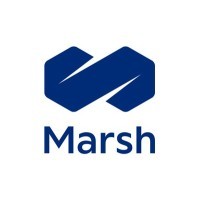
Marsh
We help our clients and colleagues grow — and our communities thrive — by protecting and promoting Possibility. We seek better ways to manage risk and define more effective paths to the right outcome. We go beyond risk to rewards for our clients, our company, our colleagues, and the communities in which we serve. Marsh, a business of Marsh McLennan (NYSE: MMC), is the world’s top insurance broker and risk advisor. Marsh McLennan is a global leader in risk, strategy and people, advising clients in 130 countries across four businesses: Marsh, Guy Carpenter, Mercer and Oliver Wyman. With annual revenue of $23 billion and more than 85,000 colleagues, Marsh McLennan helps build the confidence to thrive through the power of perspective.






